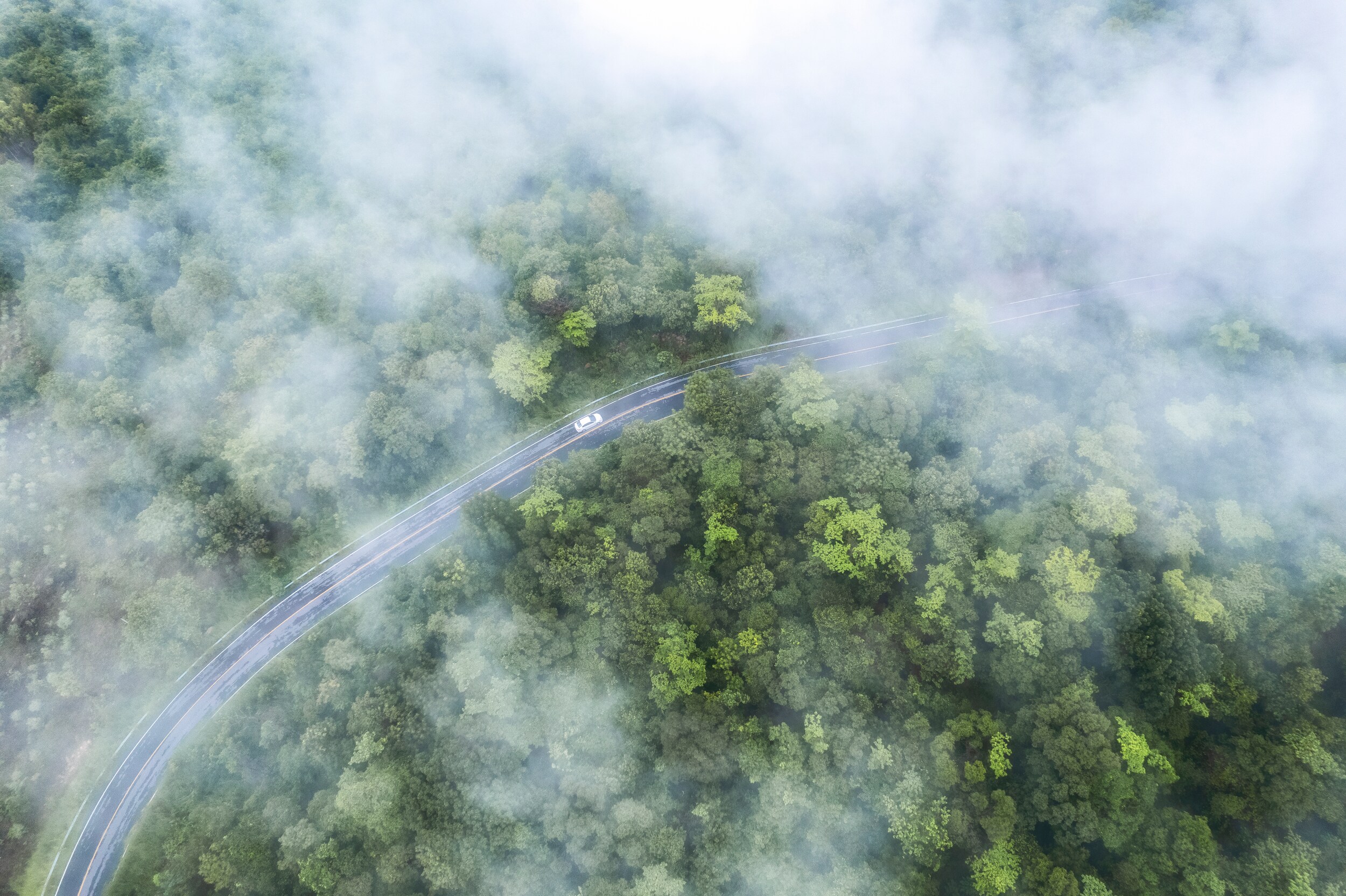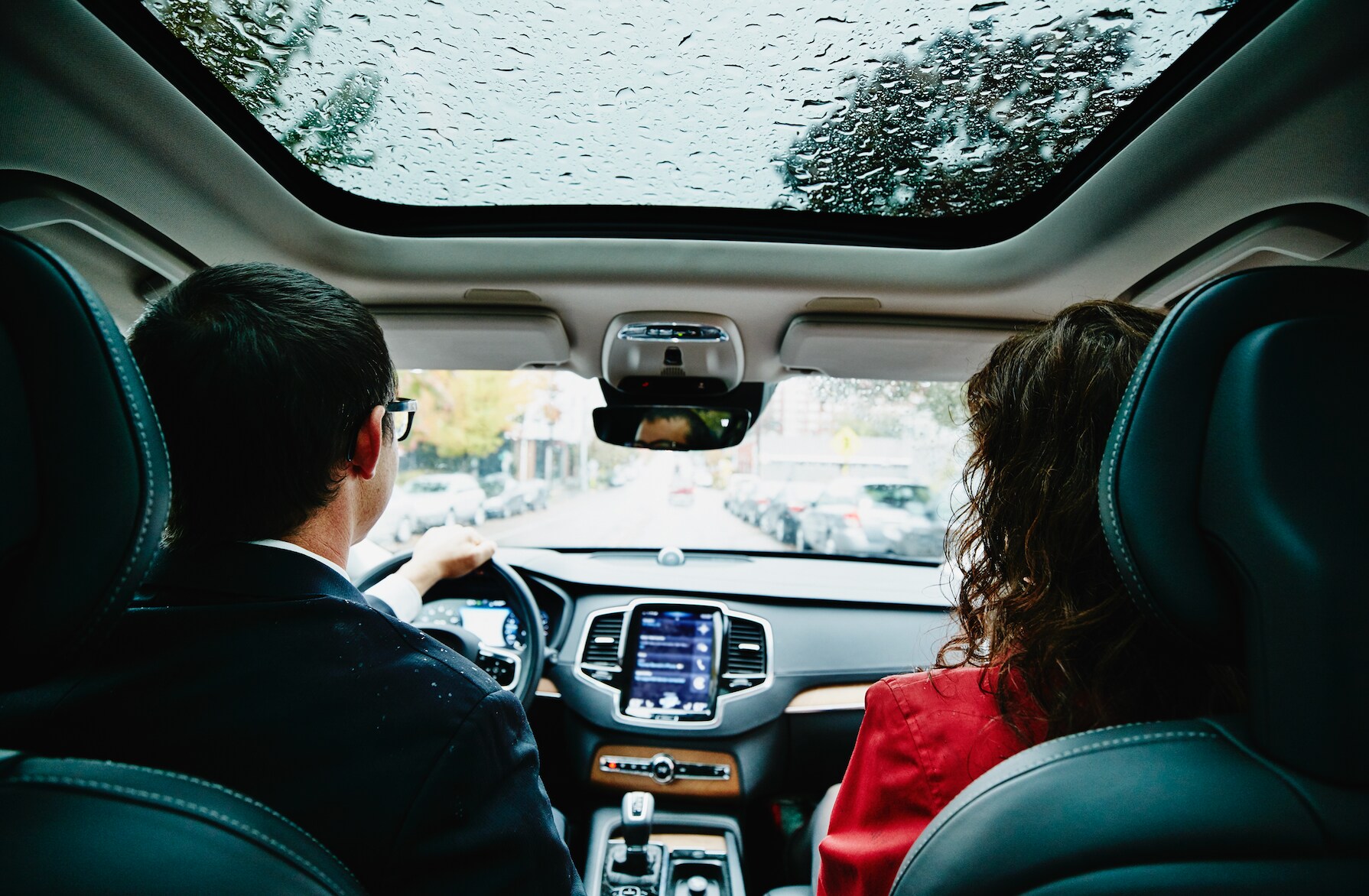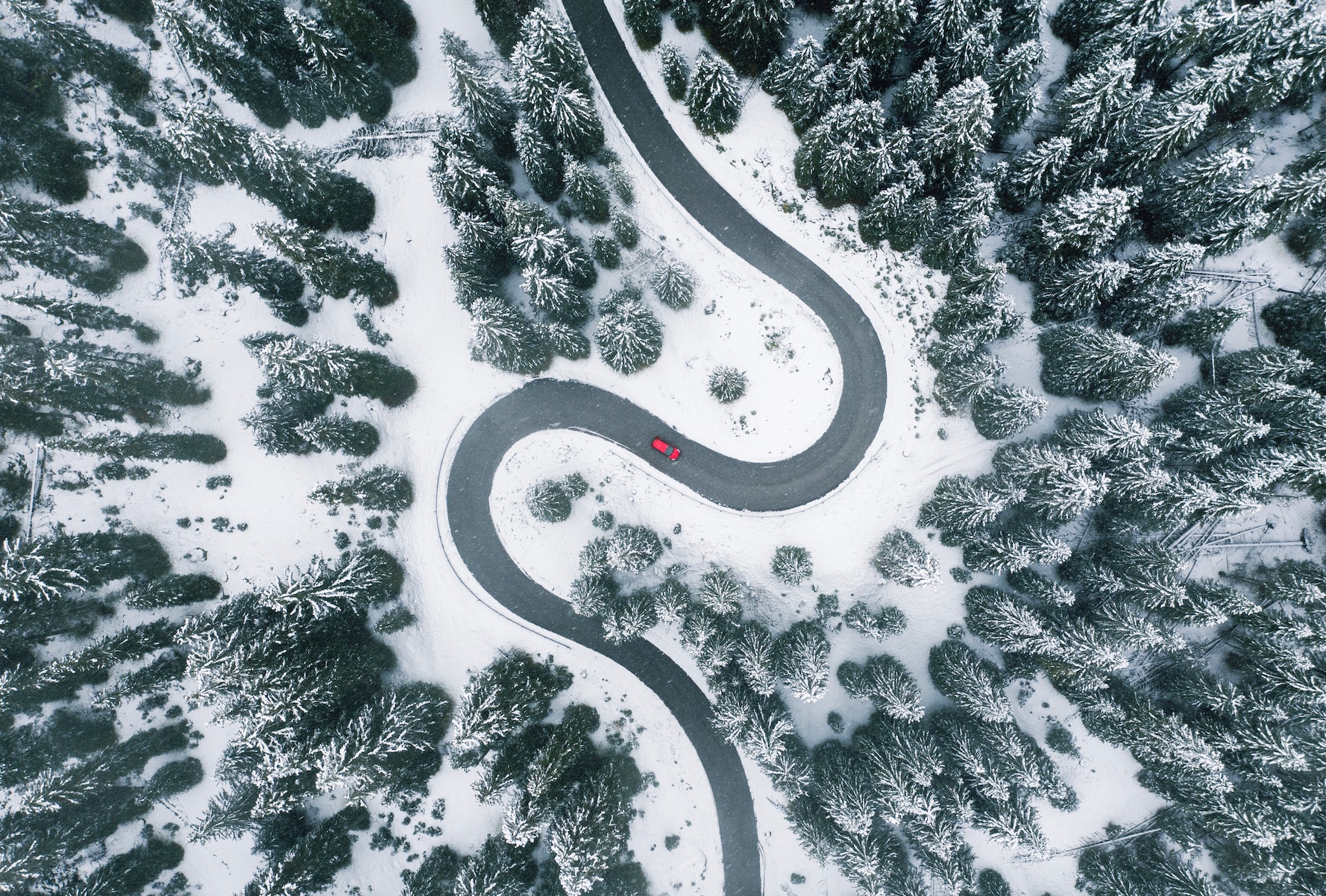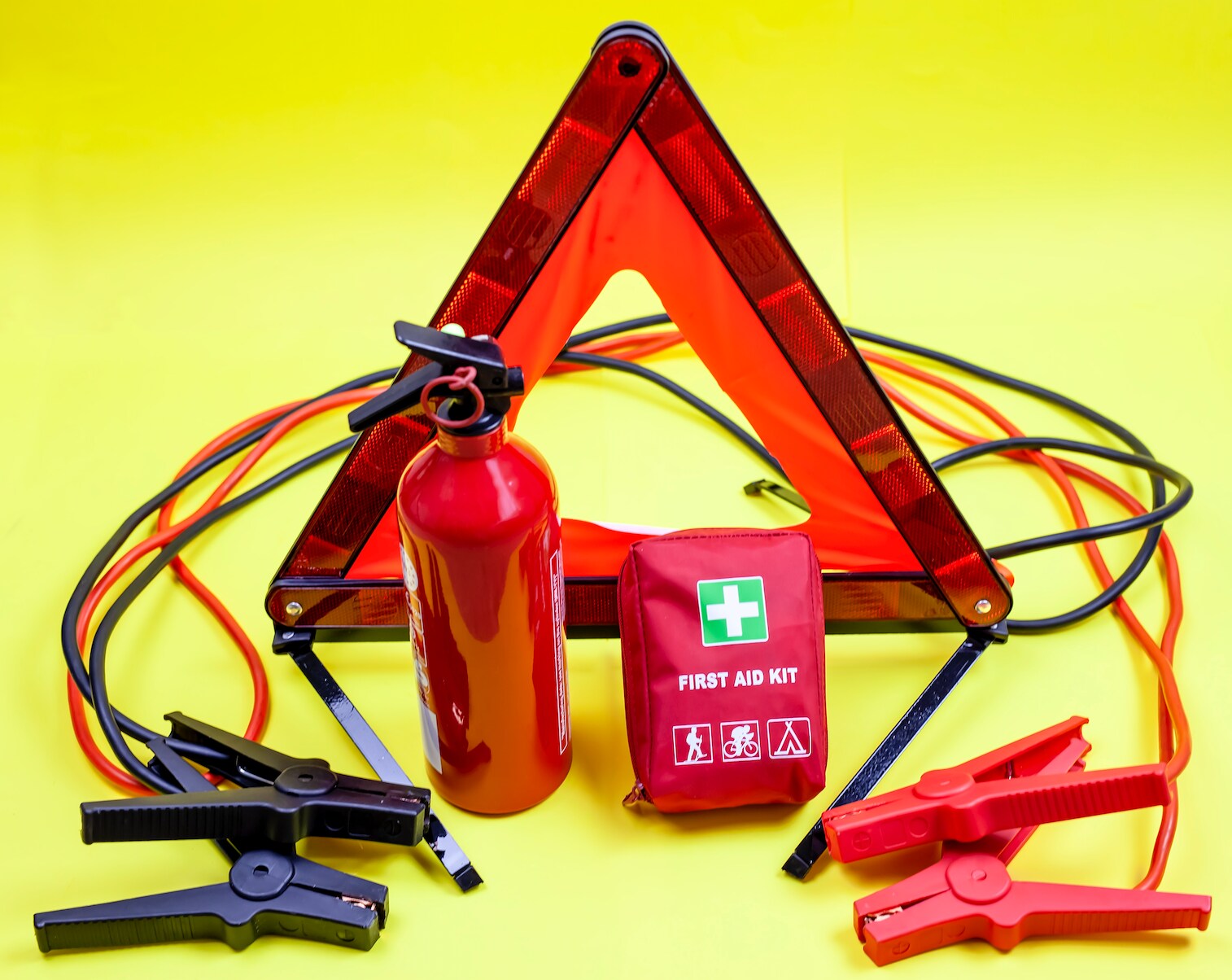Drivers that run stop lights right before your eyes. People who cut you off. Kids and pets that run out into the street. Commuters in a rush tailgate your car. Even on the most picture-perfect day, driving can be difficult and stressful. Add in severe weather conditions and you have a date prescribed for disaster. We all know that when extreme weather such as pounding rain or blizzard conditions hit, it is best to slow your speed and concentrate on driving safely, but the following precautionary tips will help you arrive alive.
Driving Safely in Extreme Conditions

Tips for Driving in Fog
Let's start with a relatively mild but still very dangerous condition, namely driving in dense fog. Sometimes fog creeps in and other times you round a curve and hit a solid wall of impenetrable blank void. When driving in foggy conditions turn on your low beam headlights and fog lights. If the fog is so thick that you can barely see the car in front of you, it's smart to pull over and wait it out. Either pull over to the right, well away from the road and turn on your emergency flashers. You could also take the time to stop for a snack or cup of coffee and wait for conditions to improve before continuing your journey. If absolutely have no choice but to continue to drive in dense fog, proceed with extreme caution. Watch for deer on roadways and stay alert!
Tips for Driving in Rain
In extreme driving rain, whether on a highway or driving in town, crank your internal safe driving dial up to high. It is easy for cars to slide around on slick roads. While getting into an accident is a major pain in the sunshine, it is particularly nasty when you are soaking wet.
So, when rain starts to pelt your car, turn on the windshield wipers. Remember to replace your old wipers every six months to a year to be sure they are in excellent shape. Turn on your headlights, not only so you can see through the rain, but so that other vehicles can see you. Turn on the defroster or air conditioner to keep your windows from fogging up. Slow down and be especially careful on slick, rain-soaked roads. Wet pavement can cause your car for uncontrollable traction and even spin out. Take your time. Be patient. This too, shall pass.

If you are driving on the highway, turn off your cruise control so that you can offer more precise control of your vehicle in case you need to brake suddenly or react to conditions. Slow and steady wins the race. Lastly, if you encounter a washed out or flooded road, do not drive through it. You have no idea how deep the water is or what debris may be below the water's surface. Find another route to your destination. Six inches of water can stall a vehicle. One foot of water can sweep away a car. Remember, they call them "flash floods" for a reason.

Tips for Driving in High Wind
If you are driving on a highway and encounter high winds, stay alert, watch for flying debris that could impact your vehicle. Give busses, big trucks and trailers a wide berth as well as smaller vehicles that are hauling lightweight cargo. Do not drive a van, tow a trailer or boat in high wind conditions. Vehicles with a high center of gravity such as SUVs and trucks can flip over more easily in high winds.
Turn on your radio and list to the weather service for high wind warnings or advisories against tornadoes. Remember that high wind is more prevalent on open roads, bridges, and overpasses. Pay attention to anticipate gusts of wind which can cause you to lose control of your vehicle. Slow down, keep your hands on the steering wheel, turn on your headlights and maintain a safe distance from other vehicles. Watch for debris that has blown on the road in front of you and if you don't feel safe, pull over to a safe place and wait until the wind dies down.
Tips for Driving in Snow and Ice
First, turn on your car and set it on defrost. Then, clear your car of any snow that could impact your ability to see properly. Get out the ice scraper and clear the windshield, back window, and side windows and mirrors. Driving through snow and ice requires visibility and concentration. Turn on your headlights and use your wipers if it is snowing.
Drive slowly and carefully. Remember that bridges and overpasses are first to freeze. Watch for black ice on the roadway and avoid it where possible. It is extremely easy to skid and lose control on ice. Avoid sudden changes of speed or direction. Also, brake very cautiously. Sudden braking can cause your wheels to lock up on ice or snow and you can lose control of your vehicle.

If you get stuck in the snow, straighten your wheels and accelerate slowly. Do not spin your tires. That only makes the situation worse. Clear a path around your tires, turn off "traction control" then rock the car back and forth by putting it into reverse and then into drive a few times to nudge it out of being stuck. It is also smart to carry a sandbag or kitty litter in the trunk. You can place the material under your tires to gain traction. Products such as GoTreads allow you to place a plastic tread under your tires that feed into the snow and will pull your car out of danger.

The Bottom Line
No matter what driving conditions you may find yourself in, it is best to always carry an emergency survival kit in your car (See our article on how to make an emergency kit). When driving in severe conditions, turn on your headlights, listen to the local weather station for storm and traffic alerts, and take extra time to get where you are going. Buckle up your seatbelt and focus on your driving.
When it comes to driving in extreme conditions, the old saying "it's better to be safe than sorry" has never been truer. Oh, and one last thing - never try to out drive a tornado.


